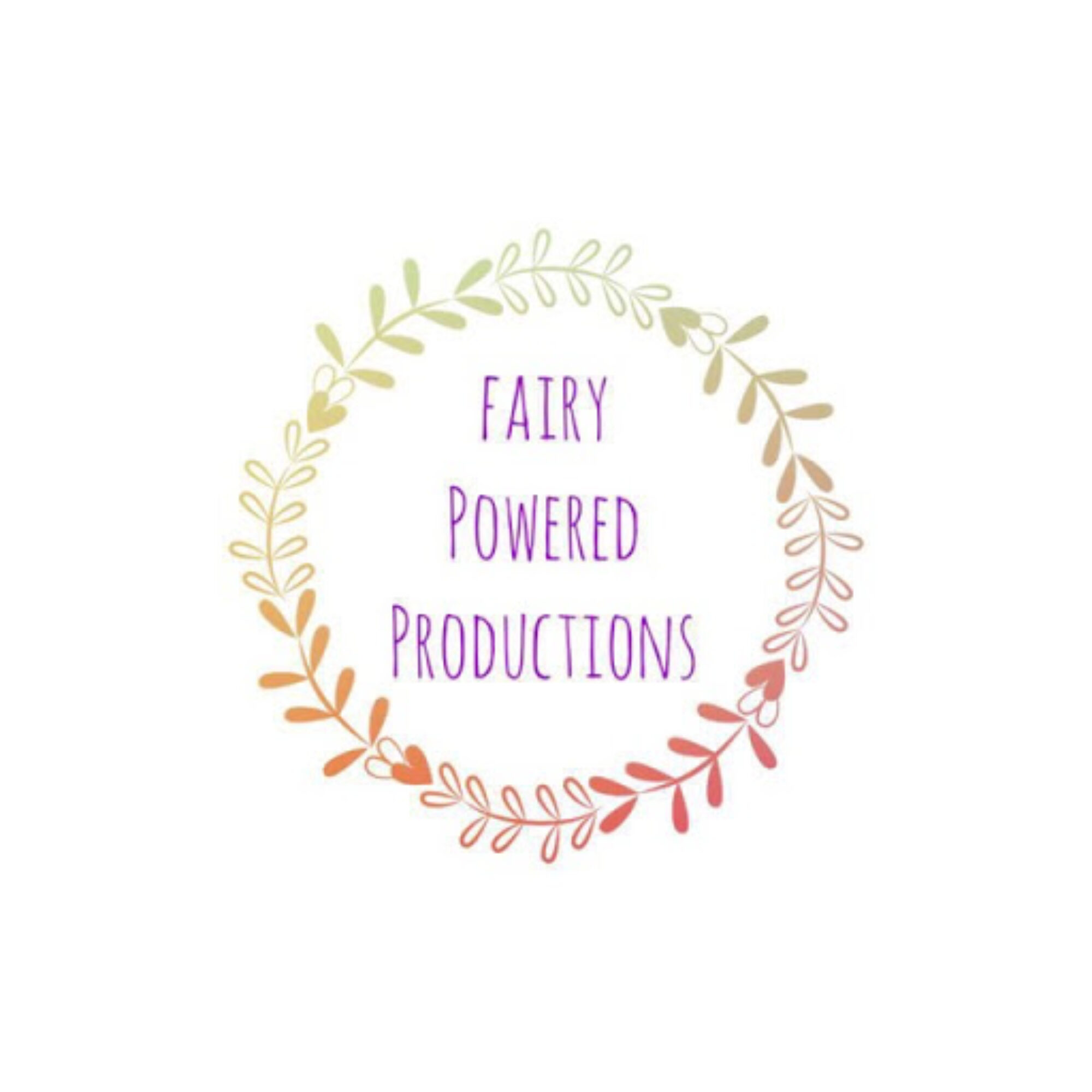Jack Studio Theatre 6 – 24 June. Reviewed by Claire Roderick
Edgar Allan Poe is one of those marmite writers, you either let the florid meandering prose envelop you, or you shake your head and wonder exactly what he had taken before putting pen to paper. The Okai Collier Company’s adaptations take inspiration from the Corman films of the 1960s, fleshing out the plot with characters not in the original stories. Let’s be honest, the original Masque reads like a nightmarish estate agent’s blurb and is a theatrical non-starter.
Simon James Collier’s adaptation of The Masque of the Red Death begins atmospherically enough, with a description of the devastation caused by the disease given by the grotesquely grinning and unsettling Jester (Anna Larkin). Prince Prospero has invited his friends to sit out the Red Death in his castellated abbey, and as the country burns and dies, the rich and privileged dance and play. A bit like an apocalyptic version of Made in Chelsea really. Through whispered conversations between the nervous guests and encounters with Prospero, the horror of the disease, and the ruthlessness of Prospero’s methods to deal with it, are revealed. The guests’ secrets are used against them by the Satan worshipping prince (Cristinel Hogas) who intimidates with smiles and gentle but malevolent words. Omar F. Okai has steered away from the camp grotesquery of the film versions, but the story just isn’t that gripping, and a lot of the character detail feels like filler before the big finale. The cast do a fine job, when you can see them. I know the double bill sets restrictions on set design, and the bare, black space creates a wonderful claustrophobic feeling, but the fog and dim lighting are a bit overdone in some parts, making it very hard to see the actors. The final confrontation with the Red Death is competent enough, given the restrictions of the production, but I was a little underwhelmed. It may be because I’ve watched too many police shows, but, rather than being a terrifying spirit, the Red Death sounded more like a third-rate villain making a ransom demand. But this was balanced out by the use of the Jester in the final scene – very effective.
The Fall of The House of Usher is more successful, with Adam Dechanel using the ghosts, Bristol and the Winthrop character from the film. Winthrop’s fiancée Madeline was snatched from him before their wedding, and he has followed her to her ancestral home. There he encounters her brother Roderick Usher, and learns that Madeline and her brother are sick. Roderick is frantically carrying out experiments on the last remaining corpses of his dead relatives to find a cure, helped by servant Bristol. The ghosts of these relatives act as a weird Greek chorus, spitefully tormenting Winthrop and Bristol, but tenderly soothing Madeline’s tormented sleep. The malady that afflicts the Ushers is illustrated brilliantly, with raised voices triggering lights, piercing noise, and spasming from Madeline. The link between the madness and sickness of the Ushers and their home is given a new twist in a nod to the double bill, which works well. Maud Madlyn ramps up the tension and feeling of unease with great skill. Nell Hardy is phenomenal as Madeline – her physicality bringing gasps and hand over mouth moments from some audience members. Zachary Elliott-Hatton’s take on Roderick Usher is full of layers, petulant and controlling, and wonderfully nuanced in the differences between touching the living and the dead. Very creepy – like Max Schreck with jazz hands.
A mostly successful production of Poe adaptations, atmospheric and unnerving, and filled with great performances.
